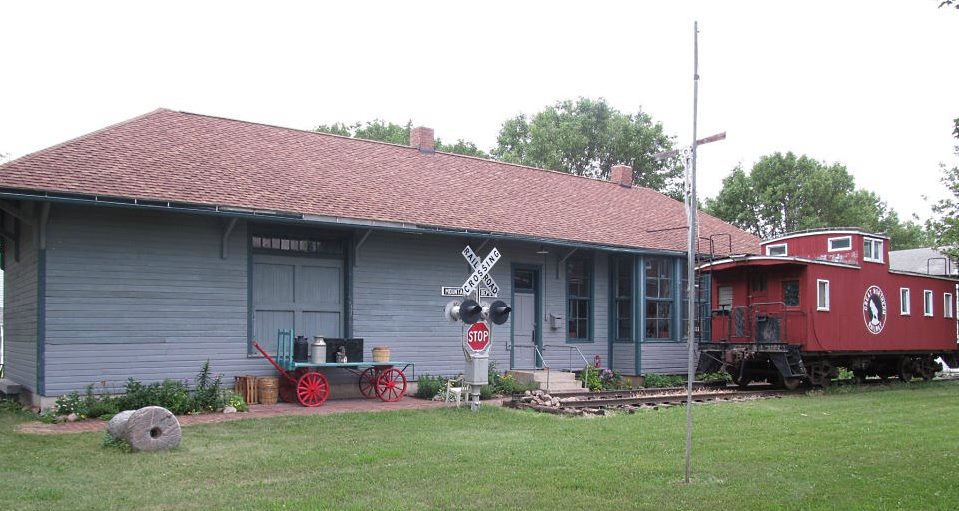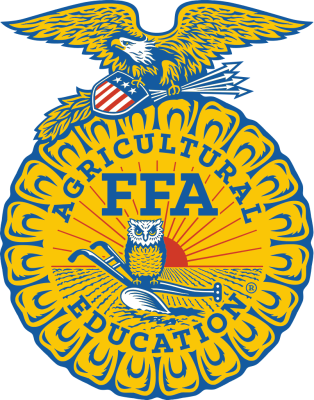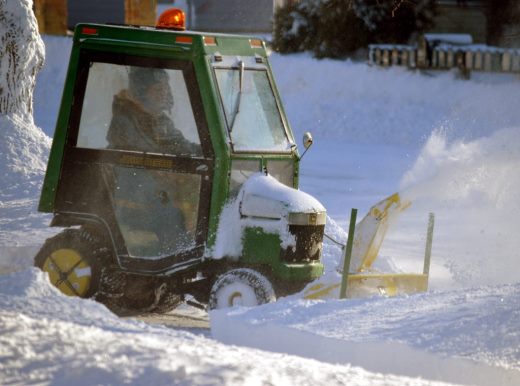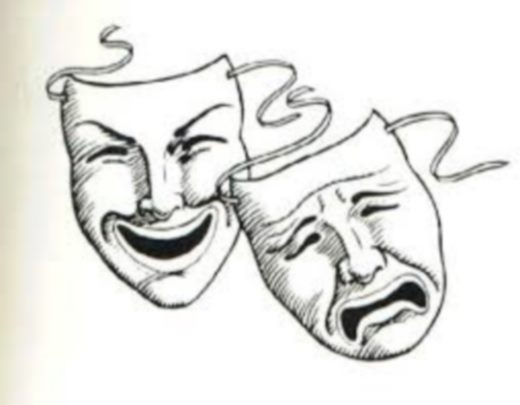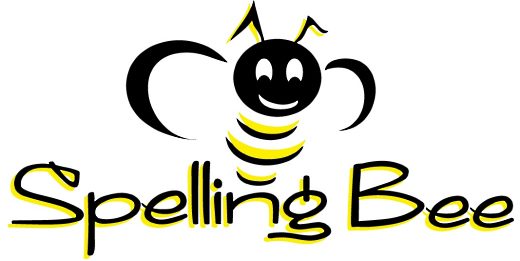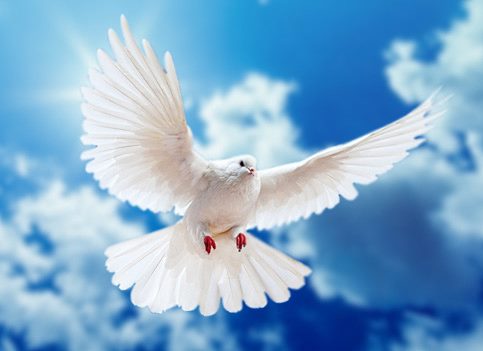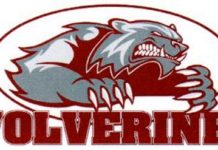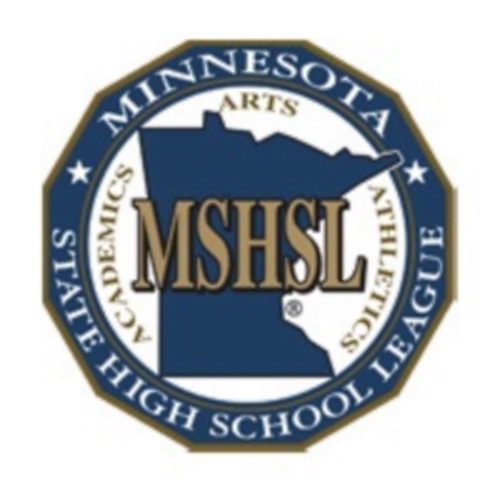Baldone fourth in Drama, Hopper fourth in Informative at South Sub-Section 2A
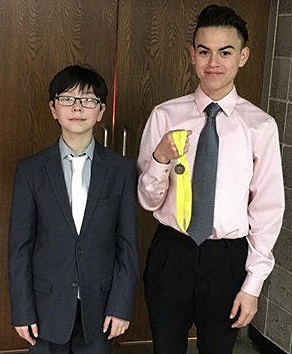
Jose Baldone, a Mountain Lake Public High School (MLHS) sophomore orator and Branden Hopper, a seventh-grader, each had a successful South Sub-Section 2A Meet at Fairmont Public Middle/High School on Monday, March 27. Baldone and Hopper will be advancing to the Minnesota State High School League’s Section 2A Meet on Friday, April 7, at St. Peter Public Middle/High School following fourth-place finishes in their respective categories – Baldone in Drama and Hopper in Informative Speaking. The team’s coach is Laurie Bartsch.
The North Sub-Section 2A Meet was held the same day at Janesville-Waldorf-Pemberton Public High School.
At the sub-section meet, orators compete in two rounds. Those scores are then added together and the top 6-7 in each category move on to the Final Round. In the Final Round, three judges critique the performances in each area of competition, unlike the traditional regular season meet of one judge for each category.
The Minnesota State High School League Class AA Speech Meet is slated for Friday, April 21, at Lakeville North Public High School. the State Class A contest is scheduled for Saturday, April 22.
Thirteen categories in Speech Meet competition
The 13 categories offered in Speech are Creative Expression, Discussion, Duo Interpretation, Extemporaneous Reading, Extemporaneous Speaking, Great Speeches, Humorous Interpretation, Informative Speaking, Original Oratory, Serious Interpretation of Drama, Serious Interpretation of Poetry, Serious Interpretation of Prose and Storytelling.
+ Creative Expression – Speaker presents an original, creative piece. They are judged on writing as well as delivery.
+ Discussion – Students are given up to an hour to discuss in a small group, and come to a cooperative agreement or compromise on a given prompt.
+ Duo Interpretation – A pair of speakers present a piece together. Body contact is not allowed and speakers are only allowed eye contact with each other during the introduction and transitions.
+ Extemporaneous Reading – Speaker draws three “cuttings” (a portion of a story) from a selection of around 20 short stories. The speaker chooses one of the three to read, and is given thirty minutes to practice it and memorize and introduction.
+ Extemporaneous Speaking – Speaker draws three national or international current event questions, and is given 30 minutes to prepare a seven minute speech on the drawn topic of their choice.
+ Great Speeches – Speaker presents on a historically great speech, including an analysis and sections of the original speech.
+ Humorous Interpretation – Speaker presents a humorous selection from a play, prose or poem.
+ Informative Speaking – Speaker presents an original, unbiased speech on the topic of their choice with the purpose to inform. They are also permitted to use posters or other visual aids to enhance their presentation.
+ Original Oratory – Speaker presents an original speech with the purpose of persuading the audience.
+ Serious Interpretation of Drama – Speaker presents a serious monologue or selection from a play.
+ Serious Interpretation of Poetry – Speaker presents a serious poem, selection of poems or portion of a poem.
+ Serious Interpretation of Prose – Speaker presents a serious selection from a novel or short story.
+ Storytelling – Speaker draws three from a selection of 15 folk tales, and presents their interpretation of it.


